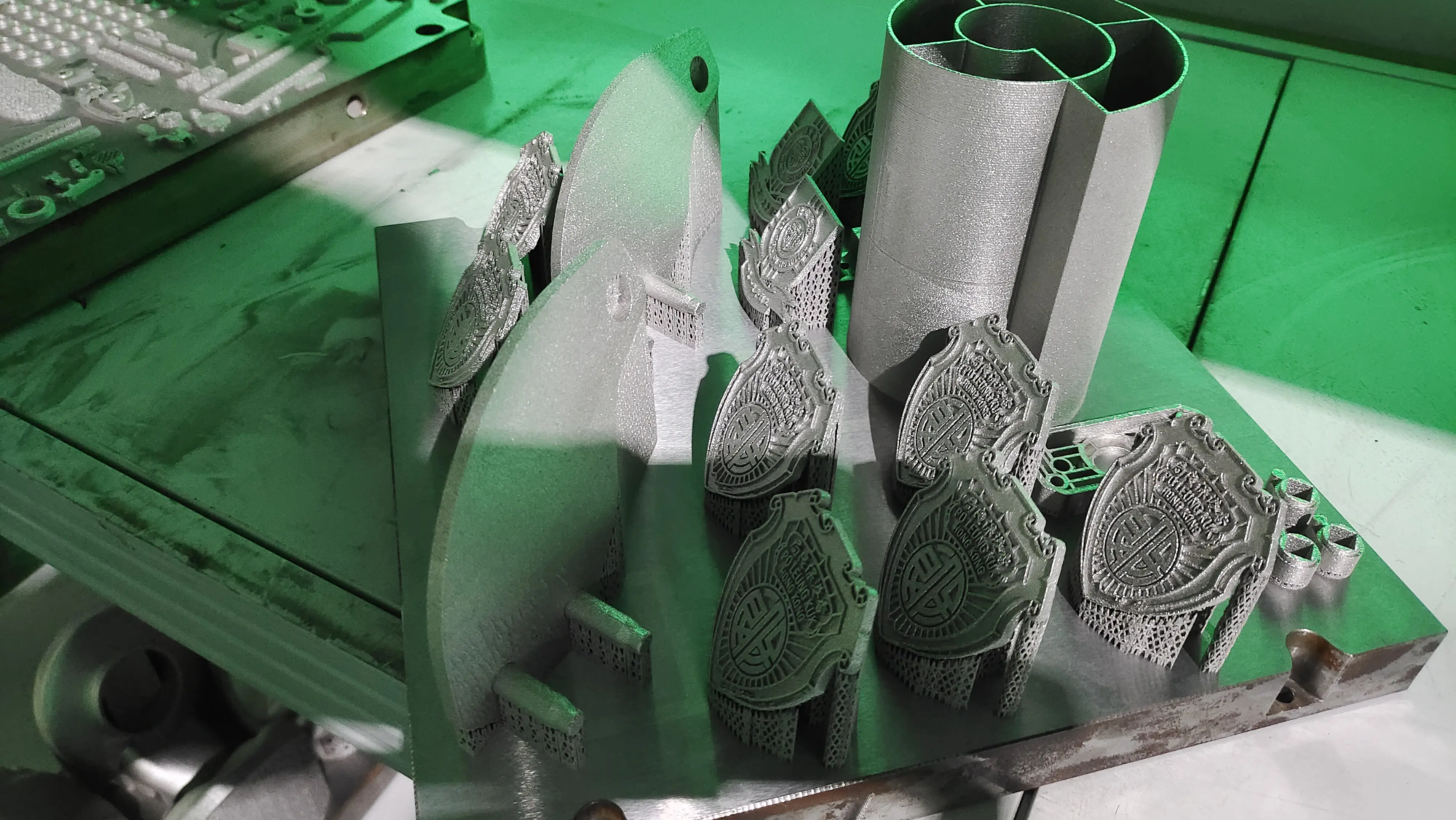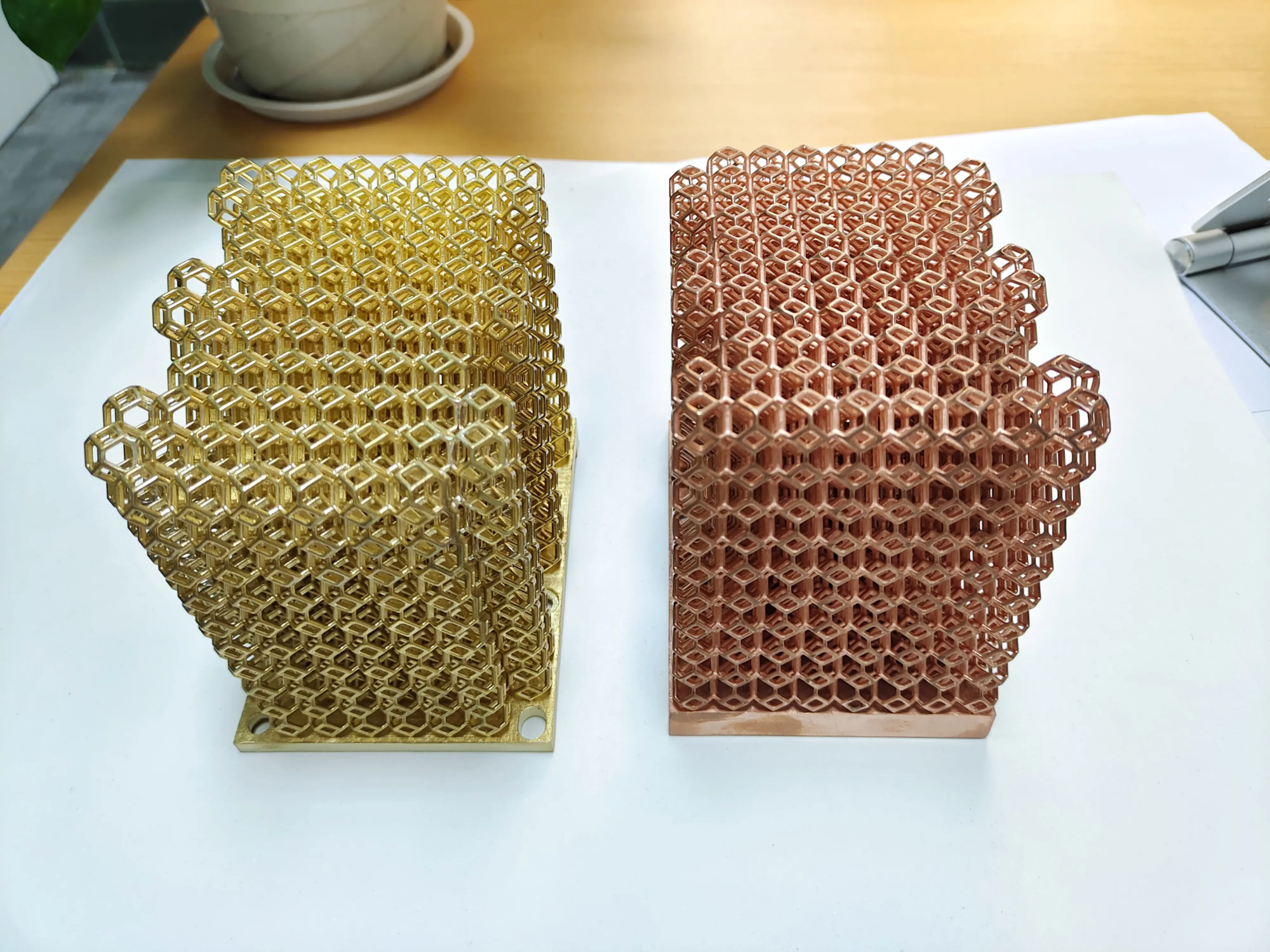The most heartbreaking 3D printing moment: three days of printing are ruined during the last hour.
In the past, we could have been “played with 3D printing”. At that time, the impression was not as intelligent as today. The leveling depends on the hands and experience. A piece of A4 paper was stuffed between the nozzle and the platform and tried several times because there was no automatic leveling system; The failure still used aluminum alloy plates or glass plates, which were not flat enough, which led to a very high failure rate of the first layer – either it could not remain, or it was too sticky, and at the end it could not even remove the model.
In addition, there was no extinct function and continuous activation at the early stage. Once it was interrupted, it could only be measured and modified manually to continue the operation by barely taking over the operation. The material precision at the time was much lower than that now. For example, the optical axis was not right enough and the parts were not closely paved, and there can be problems with missing steps and disalcipation during the printing process, which makes the abandoned model common.
But now it’s different. We play with 3D printing, and we are no longer “launched” by 3D printers. Not only has the printing success rate been considerably improved, but it also made a qualitative jump in printing speed and quality of the finished product. Without forgetting, from the moment it was possible to print in monochrome, now, it can reach multicolored printing up to 16 colors.
Today, 3D printers are no longer toys, but really powerful production tools. But it is not perfect, and in reality, there are still many problems that occur from time to time. Today, we will first solve the three most representative problems of current 3D printing failures to see how touched.
The last question is certainly the craziest because it is the “disaster” extended by previous problems.
Wrap
When you hear the printer’s “creak” sound, you run and see that it is probably an envelopment. The wires are wrapped and linked to dead nodes, and they cannot be fired at all, and sometimes even the material is pulled up. Looking at the printing again, most of the materials were missing or the layers were moved and the impression was declared failed. Then you can only patiently divert the tangle, turn it over on the coil, then print it from zero.
For the moment, we often start to ask: is there something that does not go with the operation, or is there something that is not going with the material itself?
First look for the reasons yourself. The most common situation is that after replacing the wire or printing, you forget to insert the end of the wire into the fixing hole on the side of the coil. This will lead to the wire and will be easily tangled or knotted once you pull it next time. Another possibility is that the food method is inappropriate. For example, when you use PTFE tubes to eat, consumables are twisted and distorted in the tube, and the wire itself has a certain tension and cannot be released in time, and tangles are inclined to occur after a long period of time.
In addition, although certain tread coin supports are smooth, they are inclined to turn by themselves during withdrawal or replacement, causing a packaging of the materials. Therefore, a good coil support should have an appropriate friction to avoid the continuous slow motion of the coil.
In addition to the inappropriate operation of the user, a more common reason is that the wire was injured when it leaves the factory. In other words, due to the irregular winding of the coil, there are problems such as incoherent winding and intercouche crossing. When the coil turns, the wire can “drill” the upper layer of the lower layer, resulting in a shift or even packaging during final printing.
Blocked nozzle
Sometimes no obvious abnormal noise does not mean that everything is normal during printing. When you get closer, the machine still seems to be running, but the extrusion engine makes a “click” soundtrack sound and the nozzle has no unloaded material. This is what we often call empty -handed. It’s true, it’s like a loss of water from a bamboo basket and a waste of time.
When we try to find the reason why we do not produce the information, we often find it difficult to think about it. It is obvious that everything is normal at the beginning, but why it stops during printing halfway. Although the defect is not as visible as the packaging of the materials, most of the problem is inside the nozzle.
The most common explanation is the carbonization or the combustion of the material, that is to say that the nozzle is heated for a long time, and the wires are charred internally to form a blockage. It is also possible that the throat hose is poorly dissipated, as the cooling fan fails and the heat increases, causing a softening of the wire in advance above the hot end. In addition, the wire contains impurities or dust adsorbs, which can block the nozzle.
Some people also believe that the sheet can also be linked to the incomplete replacement of the materials. For example, when they go from PLA to Petg, ancient materials are not completely unloaded and the new and old materials are unevenly viscous after the mixture, which makes them subject to obstruct. In fact, severe wear after long -term use of the nozzle can also cause pore size deformation and internal carbon accumulation, which will affect the normal discharge and will eventually cause a blockage.
In this way, the factors that affect taking are almost everywhere. If you ask me if there is a perfect solution, go to a new nozzle and start printing (this time is a helpless expression).
However, in daily use, we always recommend using high -quality metal materials and are not gourmet for Le Bon Marché; Cool and turn the materials in time after printing to avoid carbonization of residual materials; In addition, the hot end must be kept regularly to ensure that the fan operates normally; When you change the material, it is better to make a cold drawing to clean the old materials. These may seem annoying, but they can considerably reduce the chances of blocking and saving many problems.
When the plug occurs, you can generally heat it at the normal print temperature first, then extrude the remaining material in the nozzle by manually pushing the material or using a cleaning needle. If the blocking is serious or if the wire breaks in the nozzle, you can only remove and clean it.
Wrap
In the past, the most common problems and the most inducing the headache for people were often wire packaging or blocking the nozzle. But in addition to that, there is another new problem which is also very common – head packaging. Unlike the “discharge without material” mentioned above, the head envelope means that during the printing process, the melted plastic is not successfully extruded on the model, but is stacked or below the nozzle, and it accumulates more and more, and finally forms a large plastic ball to wrap the nozzle.
When you watch the video during printing, you will find that the most common reason for the envelope head is that the model is out of the platform, which can be the edge of the nozzle, or that the nozzle overturns the model or the support for certain reasons. Anyway, once the model is not stuck firmly, the nozzle will be printed “in the air”, the accumulation of material has nowhere to go, and it can only be glued to the nozzle, and over time, a “head envelope” forms.
This happens and it is generally difficult to clean. Not only do you need to remove the nozzle after heating, but you should also clean the remaining consumables little by little. If the situation is serious, it may even be necessary to replace the heating assembly at the hot end, which is very expensive.
In this case, the most common suggestion we give is: spray a layer of special 3D printing glue on the platform before printing, which can improve the adhesion of the first layer and prevent the model from falling. In addition, you must also pay attention to the print settings and try to use the recommended configuration of the default material, in particular the extrusion quantity setting. Extride too much can increase the risk of head packaging.
Finally, think about it, in 3D printing,What is the most broken moment?
Maybe you, like me, experienced this situation: a model was printed for three days and it was only an hour to finish, but at that time – a “miracle” occurred.
Whether it is to connect, wrap or other reasons, the impression is forced to be interrupted and all the previous efforts are wasted.
At that moment, it was like the ice that I just bought on a hot day. Before I could taste it, he fell on the ground with a blow. You stood there, looking at him, not wanting to leave for a long time.
We can say that no matter who meets this situation, he suffers and struggles.
So, is it possible?Regardless of the amount of the model that has not been printed, it can be prosecuted? I think this day will come sooner or later, maybe 3 to 5 years.
Because most of the 3D printing problems we encounter, the end result is often: the model is only part of it. This part consumes not only time and materials, but also our energy. It is a waste to throw it like that.
Finally, we are here to call on the main 3D printing manufacturers to launch a solution that can make printing “come” as soon as possible.
No matter when printing is interrupted, it can automatically detect the printing progression, measure the height of the finished model, intelligently calculate the remaining part, then continue to finish printing, just like “Nuwa repairing the sky”.





